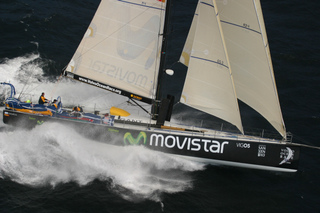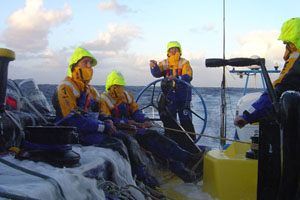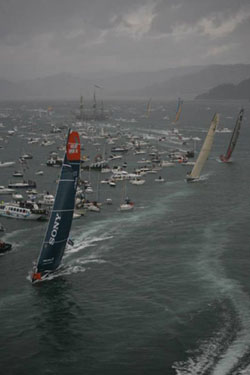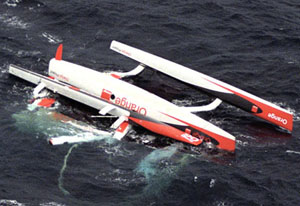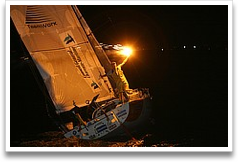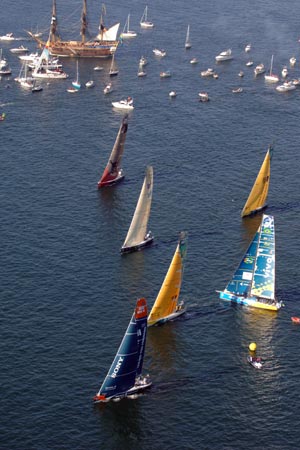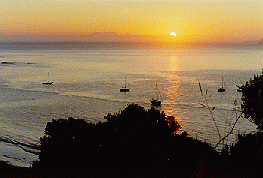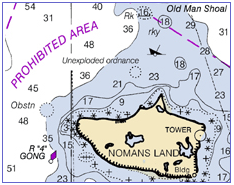VOR: ABN AMRO 1 Leads; Details on Pirates, Movistar Breakdowns
Posted by John Callender on November 16th, 2005 at 8:25 pmIn the Volvo Ocean Race, the four boats that have not yet suffered any serious breakdowns are still very close together, with ABN AMRO One having an 11-mile lead on Brasil, then Ericsson 1 mile back, and ABN AMRO Two 2 miles back from there. See the official VOR site’s position maps page for details.
Five hundred miles astern, Sunergy is back on the course and racing, though at a significantly slower speed than the boats in the lead pack. And back in Portugal, some really interesting news has come out regarding the breakdowns to movistar and Pirates of the Caribbean, neither of which will be rejoining this leg.
An article from the Telegraph has extensive discussion with Paul Cayard about just what went wrong on Pirates — and it doesn’t sound pretty: Cayard fears for Volvo 70 safety.
Instead of having a keel with a hinge on the outside beneath the hull, like the Open 60s competing in the Transat Jacques Vabre, the Volvo 70s have their pins inside the hull. This leaves a door-sized hole in the hull bottom.
The box – dubbed by Cayard the “fish bowl” because it has an inspection window – sits over the hole in the hull and the hydraulic rams pass into it, sealed by industrial-strength gaiters.
Pirates’ problem was that the fairings are meant to seal the hull bottom. When one fell off, it was not just a question of lost speed through increased drag but of the entire integrity of hull depending on the “fish bowl”, which was not designed to withstand the tons of pressure that were building up inside it.
More info on the Pirates team is available in this update from Cayard at Yachting World’s site: We have now been in port for 36 hours…
Over at movistar, the damage to the hull and appendages that was revealed when they hoisted the boat out of the water has led the team to conclude that they must have hit something big — like a container. More details from the official VOR site: Bad, but not quite as bad.
Again, more detail is available in this item from Yachting World: movistar damage caused by collision.
Photo: movistar in happier days. Photo by Sally Collison, http://www.sallycollison.com.
